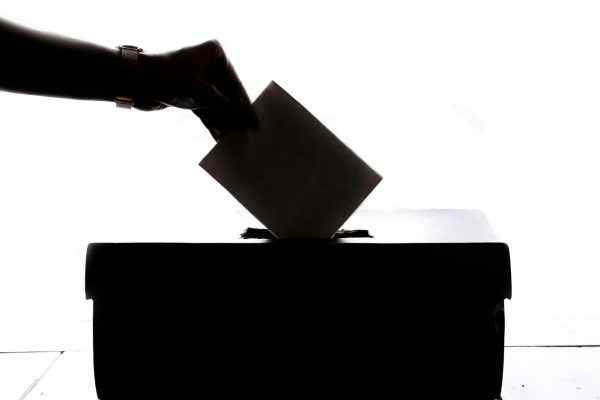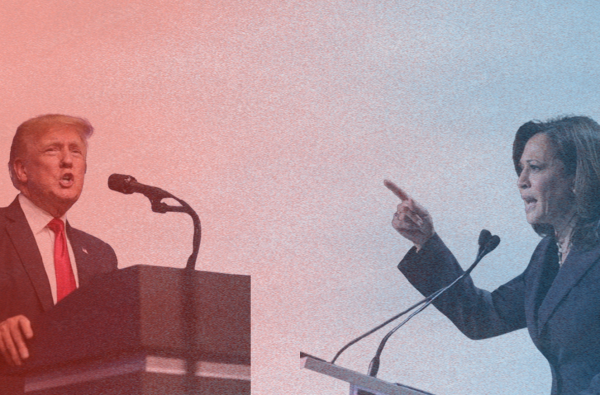U.S. Schools Fall Behind in National Rankings
Where the U.S. stands and what this means.
In an international test of education systems around the world, the United States fell behind top countries, remaining around the same level it has found itself for the past ten years as other countries skyrocket in rankings. Though the U.S.’s already stellar reading results have improved, its average performance in math decreased in the recently released 2018 Program for Student Assessment. But this does not mean that the U.S. has an inadequate education system.

The Programme for Student Assessment (PISA) is a test taken by a sample of 15-year-olds in places all around the world every three years. The exam is designed to test not memorization but useful life skills and knowledge. It is split into three subjects: reading, math, and science. The tests are scored in levels, the lowest being below level one and the highest being six. In the 2018 exam, no country scored higher than a 4. This just reinforces the reason the world has exams like this in the first place: no one knows how to have the “perfect” education system yet.
According to the New York Times, though the top students have improved, the performance of the bottom 10% of U.S. test takers decreased. Overall, the 2018 PISA report showed that the U.S. ranked highly for reading, at a level three and 13th in the world. However, in mathematics they were merely a level two and 37th out of the places tested, right behind Lithuania and Hungary. In science, the U.S. was also a level three and ranked number 18. In all of the categories, China was the number one area and Singapore was number two.
Though the PISA is can give a ballpark estimation of how countries are doing education-wise, the test’s accuracy is often questioned. Their concerns are valid, because ultimately it is just one test on a relatively small sample of 15-year-olds that attempts to determine the effectiveness of entire education systems. There is more to education than a single test can measure. And there are many variables that could affect the results, including the fact that students are not taken from every part of every place. A country could be testing students from only its highest performing schools, which would not be an accurate representation of the country as a whole.
Yes, the U.S. failed to improve much in the past few years. However, they ranked higher than most of the other regions tested and have churned out enough brilliant innovators to suggest that they are doing something right. Perhaps this stagnation in the rankings will encourage educators and legislators to improve the education system in the future.

Hi! My name is Olivia Garrone, I'm a senior and a member of the Oakton Outlook Editorial Board. I love writing A&E articles and features on the Oakton...






